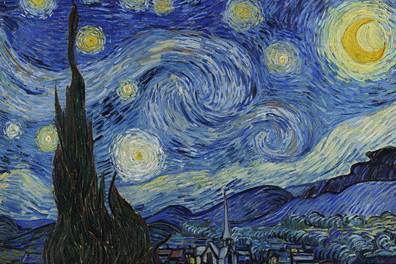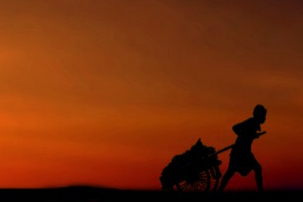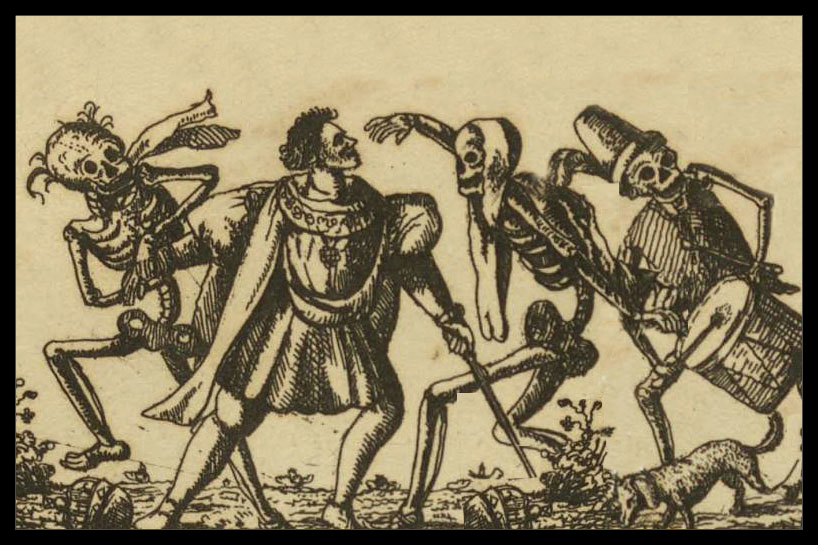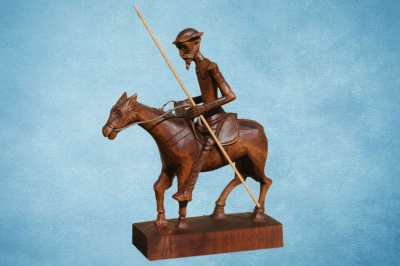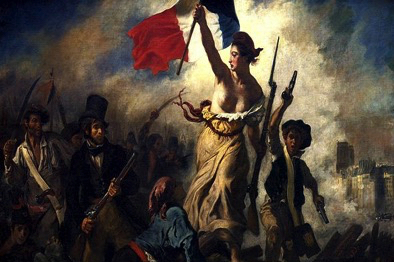A Symbol of My Identity
|
Percy Bysshe Shelley, the English Romantic poet, said, “We are all Greeks.” The entire Western world owes the Greeks the basis of our civilization. This is especially true when it comes to Leonidas, the Spartan king, who in 480 BC stopped Xerxes I and his Persian army at Thermopylae long enough for the Greeks to mobilize the navy and permanently stopped the Persian invasion at the Battle of Salamis later in that year. I can’t think of a more important battle in the history of the West than Thermopylae. We owe those ancient Greeks a great debt. 
Leonidas was told by Xerxes to surrender. However, Leonidas’ reply was “Moλωυ λαβε (molon labe)” which means “Come and get them.” The photo below was the battlefield at Thermopylae. 
A part of our common historical background is also Greek mythology, which permeates our everyday lives. One of my favorite legends is about the mighty minotaur that was locked away in a great labyrinth. That legend dates back to the Greek culture around four millennia. King Minos’ son, Androgeos, was killed by some Athenians. Minos was outraged against the people of Athens. His retribution was that every seven years, he took seven young Athenian men and women and gave them to the Minotaur for food. The minotaur was half man and half bull and lived in a labyrinth made by Daedalus, who was the father of Icarus. 
Daedalus watches Icarus fall to earth. At the bottom right, there is the labyrinth. Theseus, the son of King Aegeus, sailed to Knossos on the island of Crete where King Minos had his palace and labyrinth. 
Ariadne, the daughter of Minos, and Theseus fell in love with each other. Additionally, Ariadne provided him a ball of twine. Theseus tied one end of the twine to the entrance of labyrinth and held the other end as he went in to find the minotaur. After killing the minotaur, he followed the twine back to the entrance. 
There are several versions of Theseus and the minotaur. In one in particular version, the double-axe was critical. In Greek, the word for double-axe is λάβρυς (labrys). In Minos’ palace on Crete, many actual large double-axes have been found during excavation at Knossos. Many of the finds predate 1600 BC. When I was in Greece, for the first time several decades ago, I bought my double-axe on the island of Mikonos for several reasons. Artistically, my double-axe is beautiful, and I have worn it along with my cartouche for years. 
I consider the double-axe one of my treasures that I acquired while overseas. However, there are two critically important reasons beyond the artistic one. Double-axes are considered symbols for the Minoan culture and is a synonym for matriarchy power. Any painting or fesco during the Minoan period that contained a woman with a double-axe meant that she possessed a high rank and power in the Minoan culture. At least back in the Minoan society, they treated women with equality. The other reason for desiring a double-axe was that it reminded me of the determination and courage of Theresus taking on the minotaur in the labyrinth. Theresus sounded like a Greek version of Teddy Roosevelt. Theresus’ courage predated the Man in the Arena’s “daring greatly.”
Both the cartouch and the double-axe are reminders to me to fight the important fights in life with courage and determination.
Visit the On Seeing the Light page to read more about this topic.
Visit the Darkest Before Dawn page to read more about this topic.
Visit the The Last Lecture page to read more about this topic.
Visit the Dancing with Death page to read more about this topic.
Visit the "Don Quixote" page to read more about this topic.
Visit the Man in the Arena page to read more about this topic.
Visit the Best and Worst of Times page to read more about this topic.
Visit the Connecting the Dots page to read more about this topic. 09/15/17 Follow @mountain_and_me |







